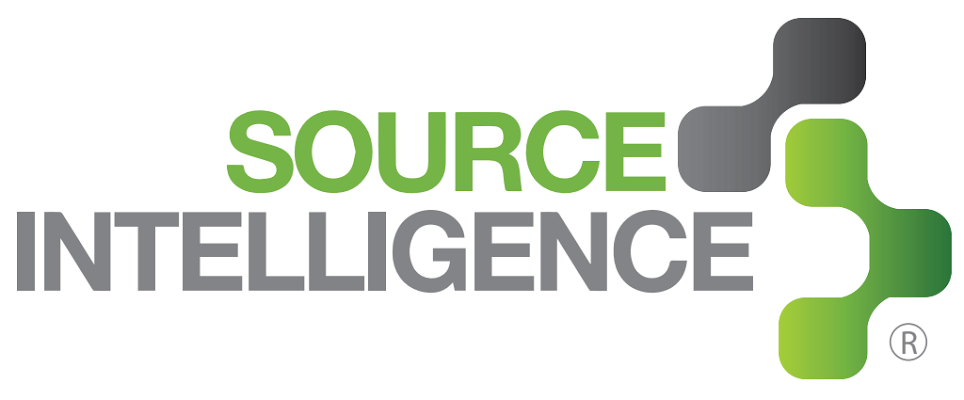Top of Mind for Businesses in 2015: Supply Chain Hyper Transparency
Supply Chain Hyper Transparency
More than ever before, supply chain transparency and visibility have been on the top of minds of global businesses concerned about their reputation with responsible sourcing.
In a recent article, “Supply Chain Hyper Transparency,” Kelly Eisenhardt interviews Matt Thorn, Chief Operations Officer of Source Intelligence, about the transformation businesses are going through to be ever-so transparent as a result of global regulations and consumer pressure.
This in-depth interview covers the importance of data collection tools and an efficient technology platform to enable supply chain transparency, and minimize risk and complexity, among even the biggest brand names. Additionally, one of the main emphases of the interview is what the hyper transparency trend means for businesses in 2015.
Kelly asks, “Many are saying 2015 is the ‘Year of Hyper-Transparency.' How can companies embrace the trend and understand the impact to their business?"
Thorn responds, “Hyper-transparency starts with open dialogue and communication. It involves suppliers, data collection, and risk mitigation. While brands and Fortune 500 companies develop and implement their compliance and corporate social responsibility initiatives, suppliers beyond tier 1 are scrambling to provide the required data. In order to address the backlog of requests, many suppliers are building their own internal teams. Companies at the early stages of the supply chain need information and tools to meet environmental and social compliance requirements. We see this imbalance as an opportunity to help companies by providing an easier way to collect data, while recognizing that there needs to be a flexible standard that is free or nearly free for every company to utilize.”
Below are a couple of insightful interview questions and answers that have been extracted from the CERM Risk Insights Report, Supply Chain Hyper Transparency. To read the full interview, it is available on CERM Risk Insights.
1. Kelly: “Many companies have launched responsible sourcing programs with their supply chain partners. What is the biggest challenge faced with regard to supply chain visibility?”
Thorn: “The biggest challenge is in finding tools that automate and streamline the process of collecting and analyzing data from the supply chain. This will remain a challenge unless we can scale down to manageable and even free tools. Unfortunately, there are so many tools out there that are specialized, it’s tough for a supplier who is just learning about collecting compliance data to know which ones to use or worse, having to use many tools specific to each brand or retailer. It is true that in order to minimize and manage supply chains risks, it’s imperative to have that level of visibility but it’s also important to see all the disparate pieces and be able to put them together. Providing a way for companies to look at every level of their supply chain and make informed decisions with the data they find is critical. Brands need to work together to find low cost or free tools that reach the lower levels of the supply chain in order to facilitate transparency at the regulatory, investor, and consumer levels.”
2. Kelly: “Can you share some examples of standards or tools that you believe have helped with data collection?”
Thorn: “A perfect example is the great work the EICC-GeSI team did with the conflict minerals template. It is the de-facto standard working across multiple industries, albeit very specific to conflict minerals – tin, tungsten, tantalum, and gold. Those of us in software development and training need to work with the various industries to expand our work on tools that are even more flexible and to make sharing this data up and down the supply chain easier. I’ve had this thought that there needs to be a platform that operates on sharing data the way Facebook does but focuses specifically on connecting suppliers and brands. The challenge is to make the platform generic enough and available to everyone. It needs to be cost effective and useful. For the vast majority of users, it needs to be free.”
Interview excerpts are from the CERM Risk Insights Report, Supply Chain Hyper Transparency. To read the full interview, it is available on CERM Risk Insights

